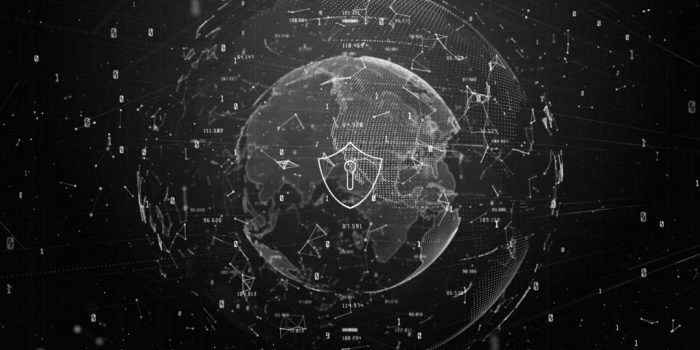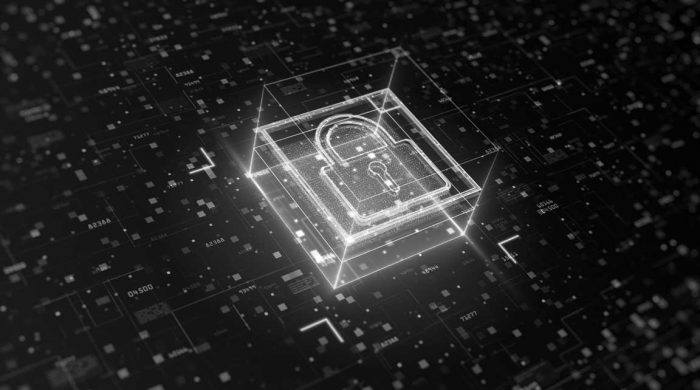What is a secure cloud?
A secure cloud is a cloud computing environment – typically on Infrastructure-as-a-Service (IaaS) that has implemented various measures to protect data and applications stored within it from unauthorized access, theft, or damage. Secure cloud computing is crucial in today’s world because businesses, governments, and individuals increasingly rely on cloud technology to store their data, perform their operations and access services.
Key elements of Secure Cloud.
To ensure the security of the cloud, several security measures are implemented. One such measure is data encryption. All data that is transmitted and stored within the cloud should be encrypted using advanced encryption algorithms to prevent unauthorized access to sensitive information. The cloud provider should also maintain and enforce strong access controls, so only authorized users and devices can access data stored in the cloud.
Another critical aspect of cloud security is the authentication and authorization of users. Identity and access management (IAM) controls, such as multi-factor authentication, should be in place to verify the identity of users accessing the cloud resources. IAM controls can also help to monitor and manage user permissions, preventing unauthorized access.
In addition to encryption and IAM controls, secure clouds also need to have robust network security measures. Network security involves ensuring that the cloud infrastructure is protected from network-based attacks, such as Distributed Denial of Service (DDoS) attacks. The cloud provider should have adequate firewalls, intrusion detection systems (IDS), and intrusion prevention systems (IPS) in place to monitor and prevent these attacks.
Another important aspect of cloud security is monitoring and logging. Comprehensive monitoring of network traffic and activities within the cloud is necessary to detect any potential security breaches. The cloud provider should also have logging and audit capabilities, including Security Incident and Event Management (SIEM), that enable the organization to track and investigate any notable security incidents that occur.
To ensure the security of the cloud, the cloud provider should regularly perform vulnerability assessments and penetration testing. These tests can help to identify any security flaws or weaknesses in the cloud infrastructure, which can then be addressed and remedied.
Compliance with relevant security standards and regulations is also essential in maintaining a secure cloud. For example, cloud providers operating in Australia must implement the relevant controls within the Information Security Manual (ISM) published by the Australian Cyber Security Centre (ACSC). The ISM provides guidance to government agencies on how to protect their information and ICT systems, including the use of cloud computing services.
Finally, disaster recovery and business continuity planning should also be considered when implementing a secure cloud. The cloud provider should have backup and recovery systems – preferable “air-gapped” – in place to ensure that data and applications can be recovered in the event of a security breach or other disruption to the cloud services.
Overall, a secure cloud is an essential component of modern information technology infrastructure. With the increasing reliance on cloud computing for storing sensitive information and performing critical operations, organizations must take steps to ensure that their cloud services are secure and compliant with relevant standards and regulations. By implementing appropriate security measures, such as encryption, IAM controls, network security, monitoring, and compliance, organizations can help protect their data and applications in the cloud.
Get in touch with us today.
Macquarie Government’s Secure Cloud is also sovereign and compliant. As the only provider to have both our Cloud and data centres certified “Strategic” by the Digital Transformation Agency (DTA), we can help you secure your data against threats from both cybersecurity and overseas legislative control. To find out more, get in touch using the form below.



